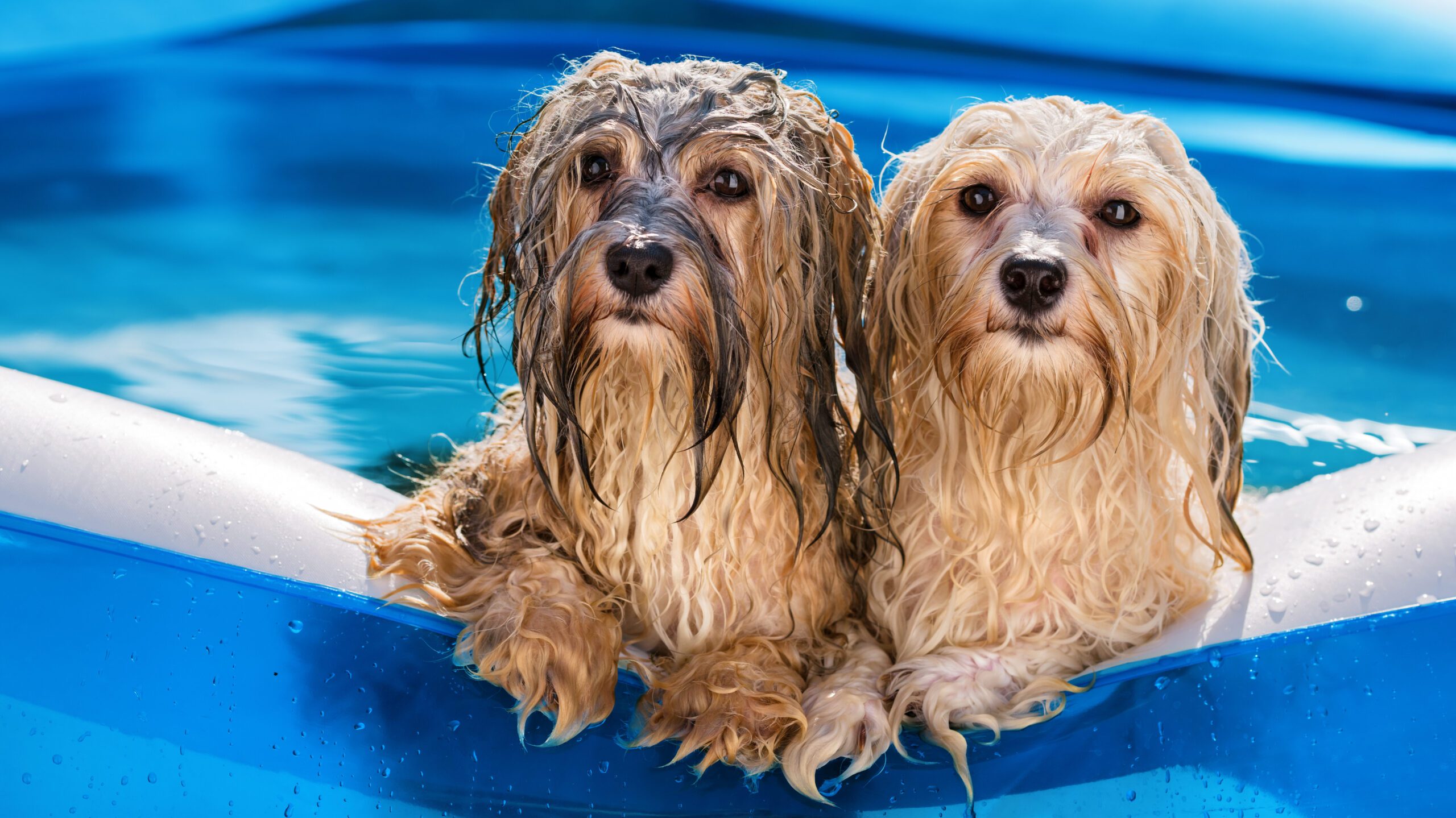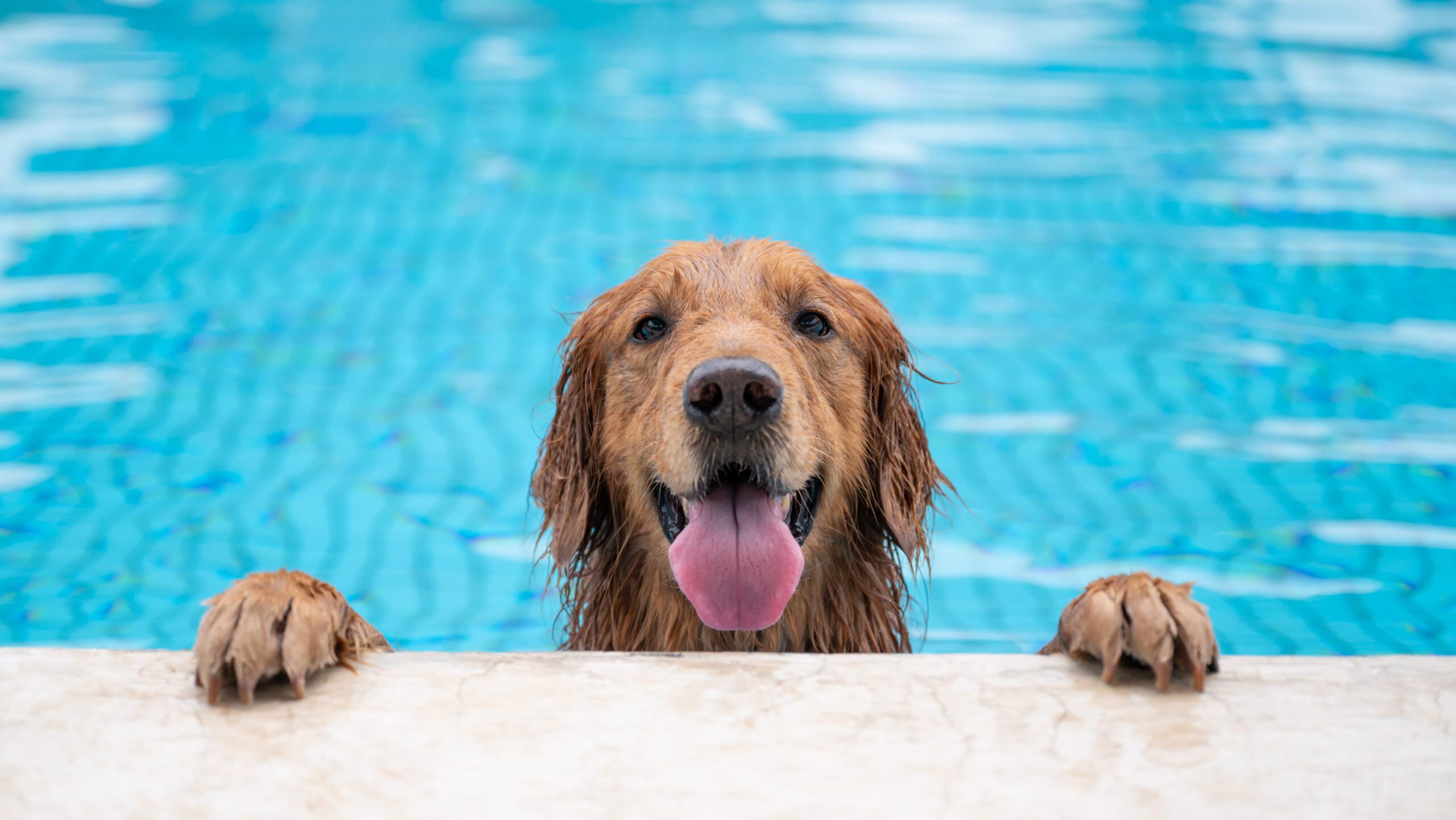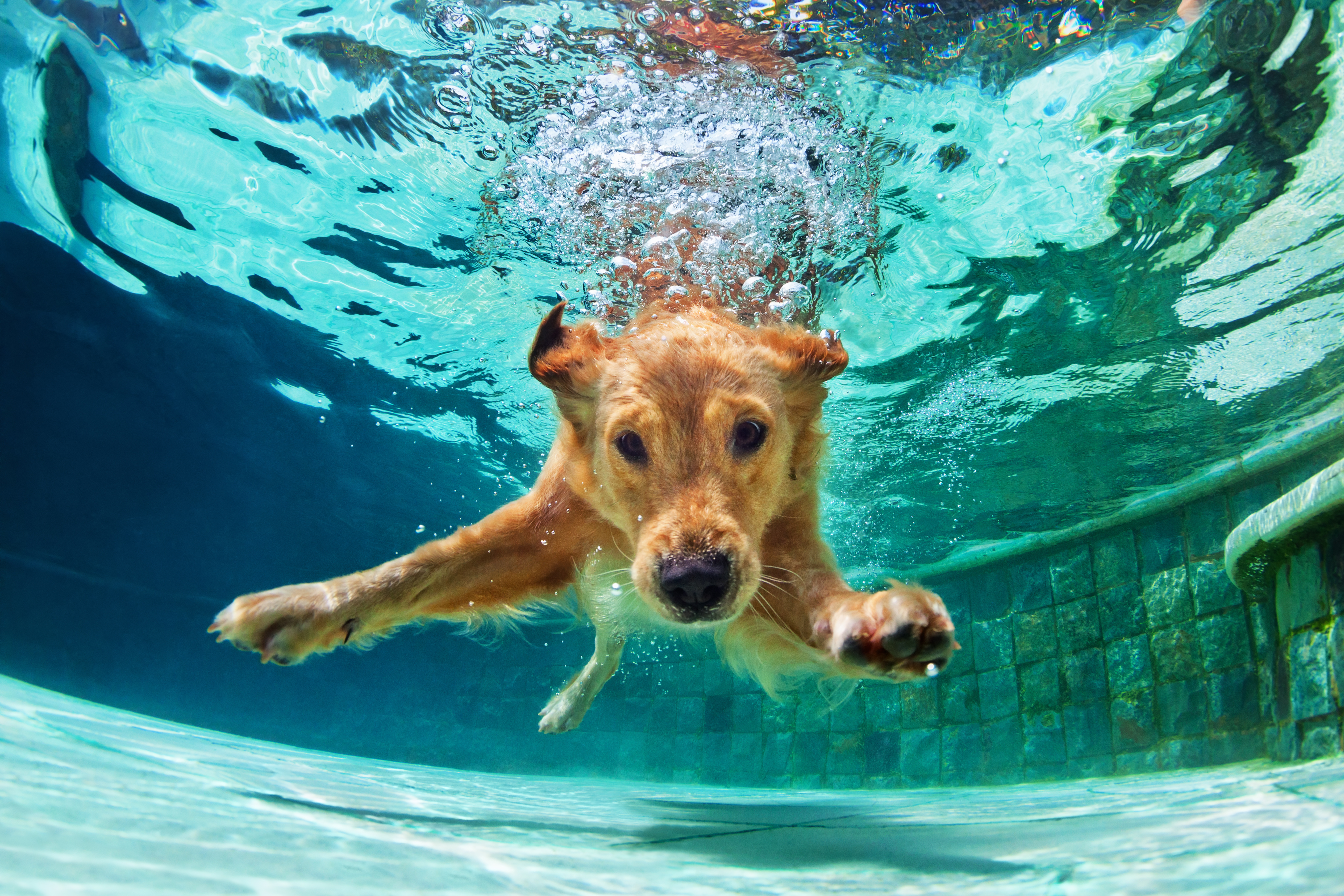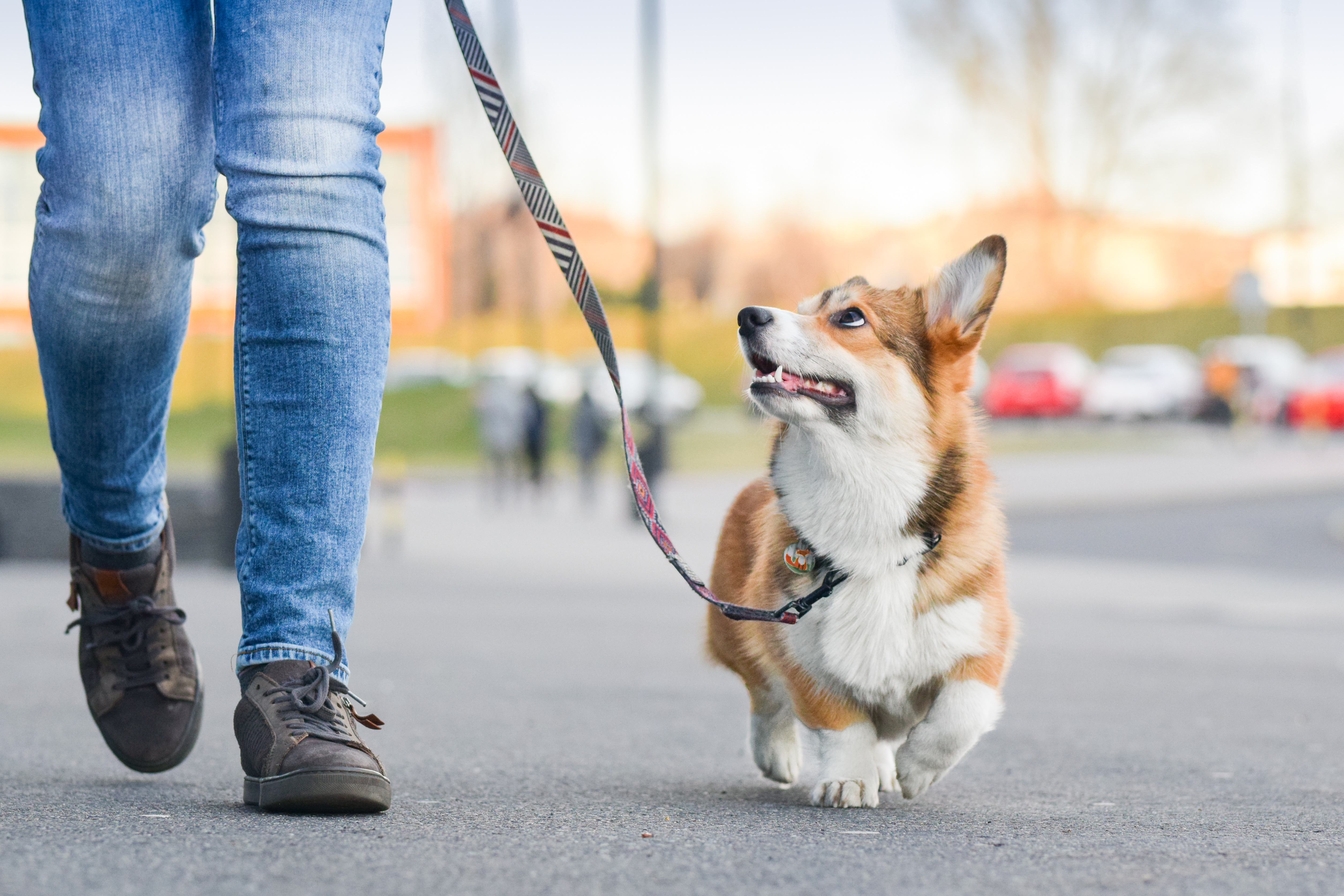Swimming pools can be safe for dogs if proper precautions and supervision are in place.
Some things to consider...
- Swimming Ability: Not all dogs are natural swimmers. While many breeds can swim instinctively, others may struggle or even panic in water. It's essential to introduce your dog to water gradually and gauge their comfort level.
- Pool Access: Dogs should never have unsupervised access to swimming pools. Ensure the pool is properly fenced or gated to prevent accidental falls or unauthorized entry. It's also a good idea to teach your dog to only enter the pool with your permission.
- Swimming Lessons: If your dog is not a confident swimmer, consider swimming lessons! These can help build their skills and confidence in the water. Some pet trainers or facilities offer swimming lessons specifically tailored for dogs.
- Exit Options: Dogs should be able to easily find and use the pool's exit points. Make sure your dog knows where the steps or ramps are located and can use them to safely exit the pool. In some cases, you may need to guide your dog out of the water until they become familiar with the exit route.
- Pool Chemicals: Pool chemicals such as chlorine can irritate a dog's skin and eyes. Rinse your dog with fresh water after swimming to remove any residual pool chemicals that may be harmful if ingested or left on their coat.
- Supervision: Never leave your dog unattended near a swimming pool. Even dogs who are confident swimmers can encounter difficulties or tire easily, so it's crucial to keep a close eye on them while they are in or around the pool.
- Safety Equipment: Consider using a dog life jacket or flotation device, especially for dogs that are not strong swimmers or when introducing them to deep water. These devices can provide additional buoyancy and help keep your dog safe.
Shop for dog life jackets and water toys at Chewy.com!
By taking these precautions, you can ensure that swimming pools can be a safe and enjoyable experience for your dog. Always prioritize their well-being and monitor their behavior and comfort level in the water.

Could my dog damage swimming pools?
Yes, dogs can potentially cause damage to a swimming pool if certain precautions aren't taken. Here are a few scenarios to consider:
- Scratches and Tears: If your dog has sharp claws, they may accidentally scratch the pool liner, steps, or other surfaces in the pool area. Over time, repeated scratching or digging behavior can cause damage.
- Chewing: Some dogs have a natural tendency to chew on objects, including pool equipment such as pool covers, pool toys, or even the pool's edges. This chewing behavior can lead to damage if not prevented or redirected.
- Chemical Imbalance: Dogs may be curious about the pool water and might drink from or swim in it. If a dog drinks a significant amount of pool water, it can upset the chemical balance of the water. This can potentially lead to costly adjustments and affect the water's clarity and safety.
- Accidents: Dogs may have accidents in or around the pool area, which can introduce waste or urine into the pool water. This may require additional cleaning and chemical treatment to maintain the pool's hygiene.
To minimize the risk of damage, consider the following...
- Keep your dog's nails trimmed regularly to reduce the likelihood of scratches.
- Provide appropriate chew toys and distractions to redirect their chewing behavior away from the pool area.
- Train your dog to stay away from the pool edges and discourage them from drinking or swimming in the pool water.
- Establish a designated bathroom area for your dog to prevent accidents near the pool.
- Consider using a pool cover when the pool is not in use to limit your dog's access.
Taking these precautions can help protect your pool from potential damage caused by your dog. Regular monitoring, training, and supervision are key to ensuring a harmonious environment for both your dog and your swimming pool.
Can dogs wear sunscreen? Click here to learn more! Find the best sunscreen options for your dog here.










